Researchers at Washington University School of Medicine in St. Louis, working with scientists at Northwestern University, have developed a noninvasive nasal nanotherapy that activates the brain's immune system to attack glioblastoma, one of the most aggressive and deadly forms of brain cancer. The treatment, which relies on carefully designed nanostructures made from extremely small gold-core spherical nucleic acids, has shown promise in eliminating tumors in mice and building long-lasting immunity.
According to Dr. Maria Rodriguez, lead researcher on the project, the treatment works by activating the STING immune pathway, which is a critical component of the body's natural defense against cancer. "By using gold-core spherical nucleic acids, we were able to deliver the treatment directly to the brain without the need for invasive surgery," Dr. Rodriguez explained. "This approach has the potential to revolutionize the way we treat brain cancer, making it more accessible and effective for patients."
The treatment was developed in collaboration with researchers at Northwestern University, who provided expertise in the design and synthesis of the gold-core spherical nucleic acids. "We were able to leverage our knowledge of nanotechnology to create a delivery system that could reach the brain and activate the immune system," said Dr. John Taylor, a co-researcher on the project. "The results of this study are incredibly promising, and we are excited to see where this research will take us."
Glioblastoma is a highly aggressive and deadly form of brain cancer that is often resistant to treatment. Current treatments, which typically involve surgery, chemotherapy, and radiation, have limited success in extending the lives of patients. The development of a noninvasive treatment that can activate the immune system to attack the cancer is a significant breakthrough in the field of brain cancer research.
The researchers are now planning to conduct further studies to test the safety and efficacy of the treatment in humans. While the results of the study are promising, more research is needed to determine whether the treatment will be effective in humans. "We are eager to move forward with clinical trials and test the treatment in patients," said Dr. Rodriguez. "We believe that this treatment has the potential to make a significant difference in the lives of patients with glioblastoma."
The development of this noninvasive treatment is a testament to the power of interdisciplinary research and collaboration. By combining expertise in nanotechnology, immunology, and cancer biology, the researchers were able to develop a treatment that has the potential to revolutionize the way we treat brain cancer. As the researchers continue to work on refining the treatment, they are hopeful that it will one day become a standard of care for patients with glioblastoma.
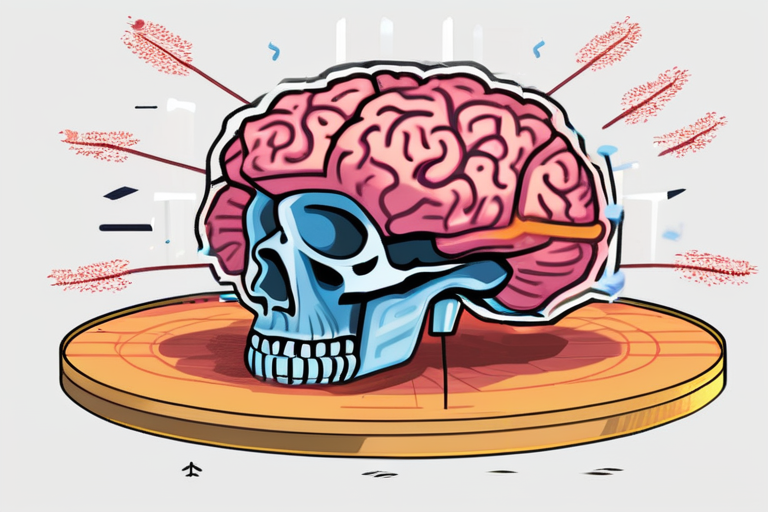


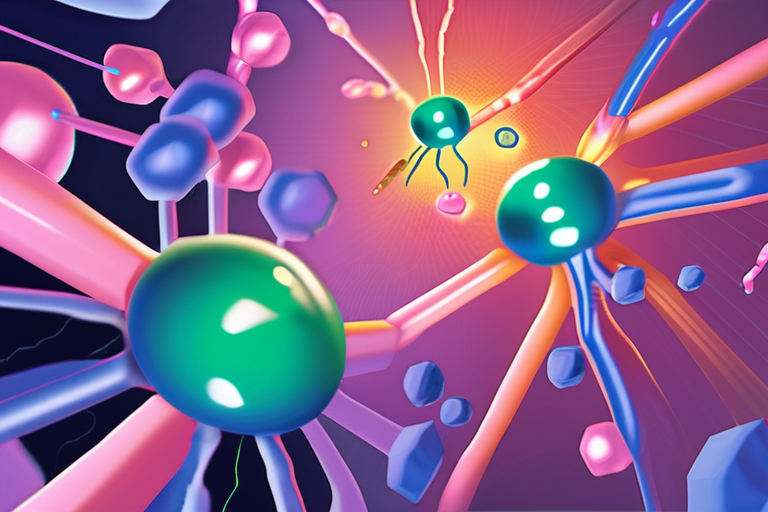


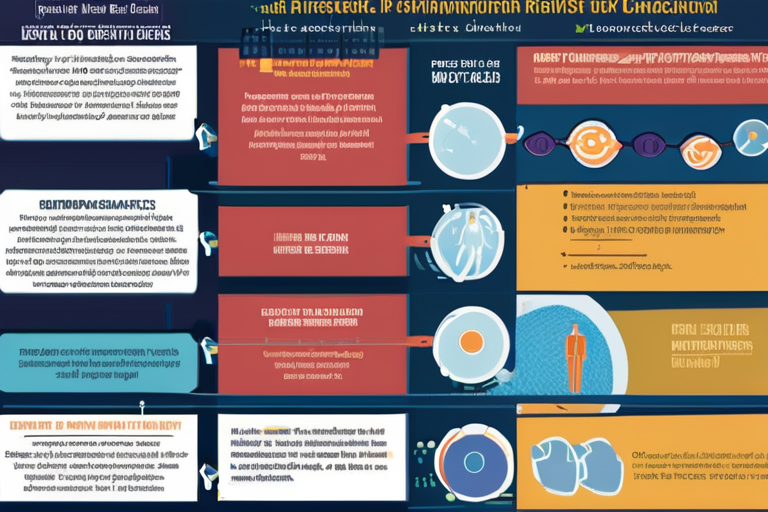


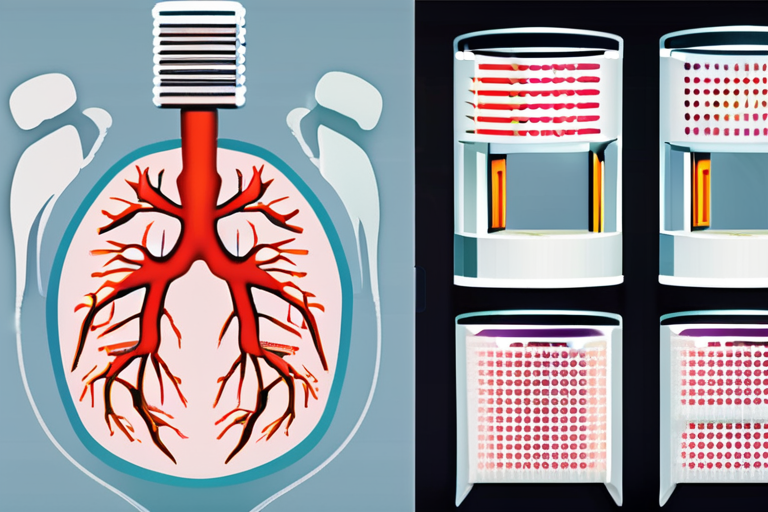
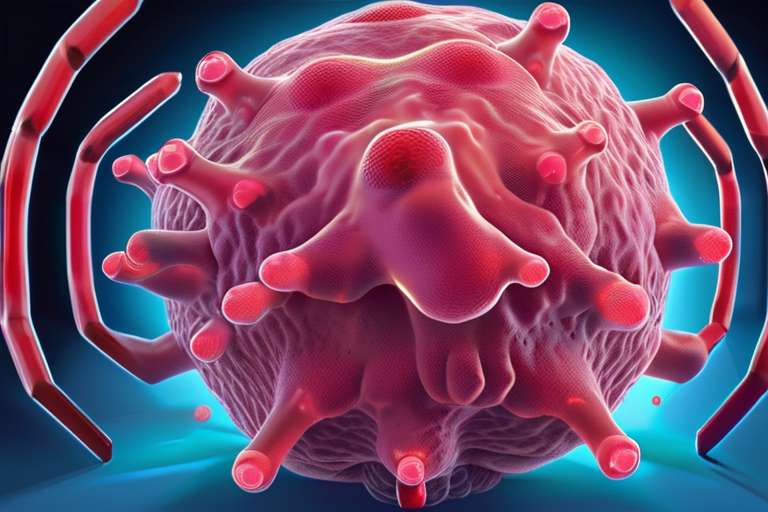

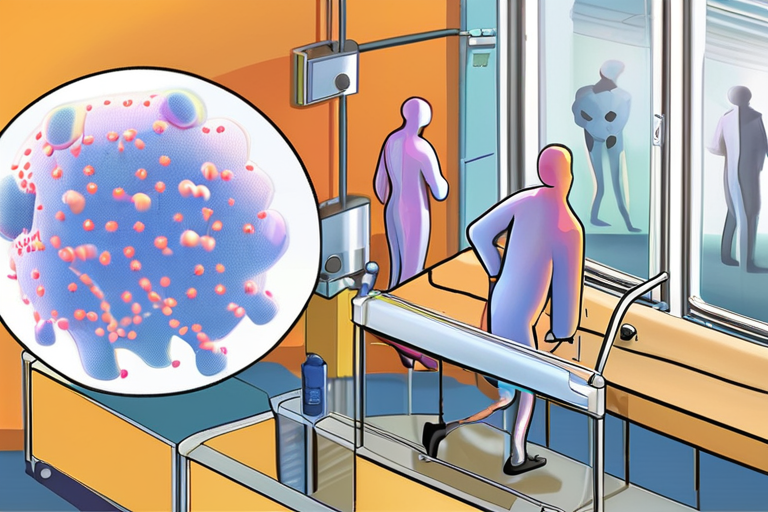




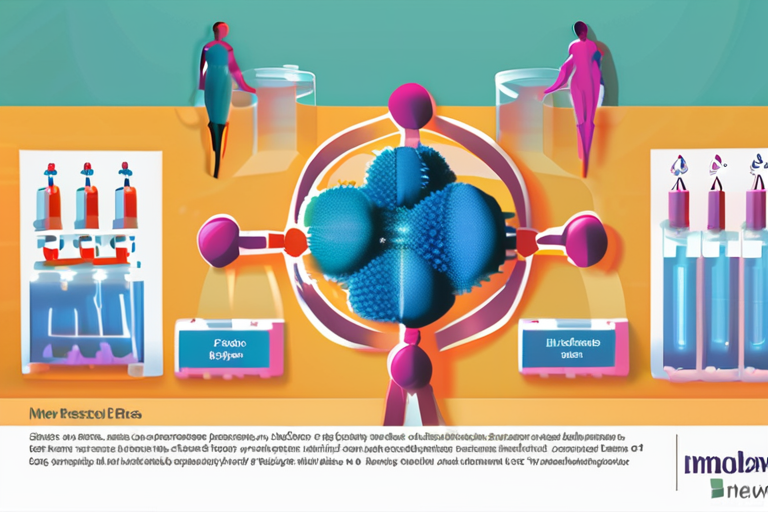
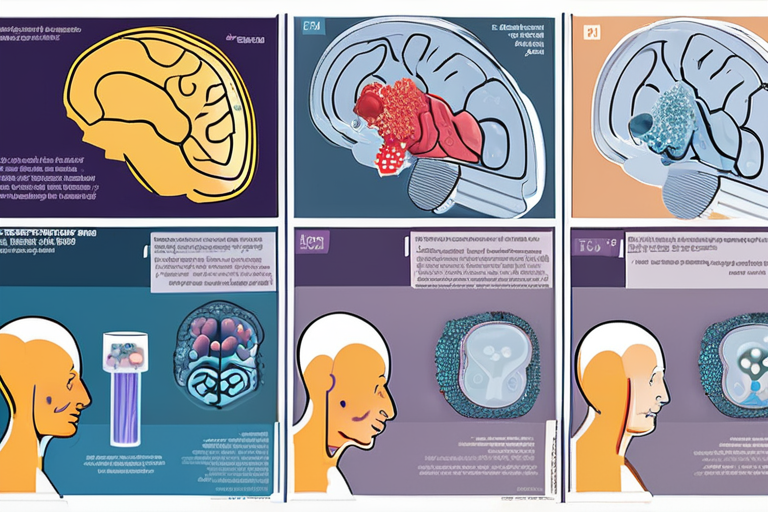






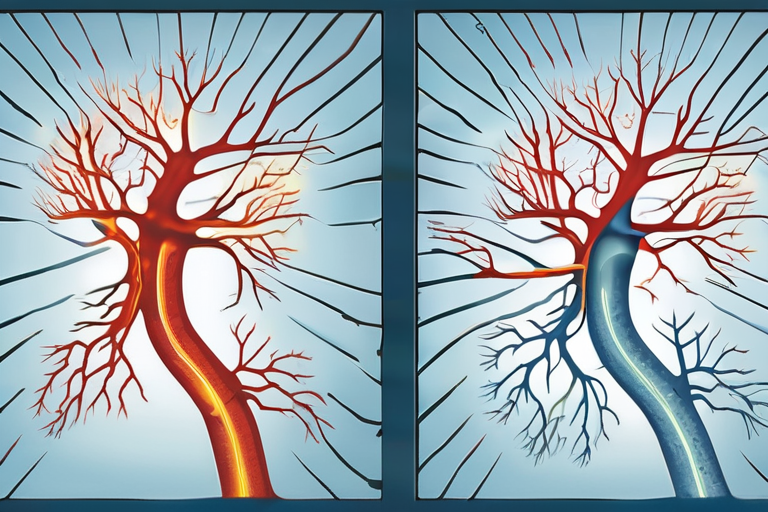

Share & Engage Share
Share this article